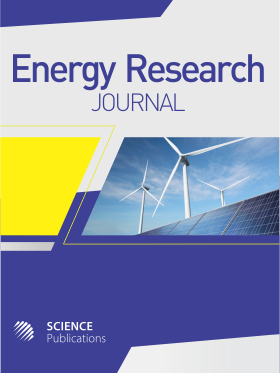Building Energy Modeling Using Artificial Neural Networks
- 1 North Carolina A&T State University, United States
Abstract
Accurate modeling of total building energy is now vital to reduce energy consumption. This is especially true for buildings since they are considered as the largest energy consumer in the United States. This paper investigates modeling methods for building energy-systems using non-linear auto-regression artificial neural networks. The proposed model can forecast the whole building energy consumptions given the four input variables: Dry-bulb and wet-bulb outdoor air temperatures, hours of day and type of days. In addition, the paper presents optimization process that uses genetic algorithm to determine the best model structure by minimizing the model errors. Statistical indexes such as the root mean-square error RMSE and the coefficient of variance CV of RMSE are used to measure the model accuracy. The data was collected from existing buildings and from simulations. The collected data was used to test and train the proposed models as well as in the optimization process. Various neural network structures were tested using different inputs and feedback delays. The results show that the proposed model can accurately predict the energy consumptions. The CV values were within a range of 1.7 and 7.7%. It also proves that the model can be used for saving estimation applications and different energy efficiency.
DOI: https://doi.org/10.3844/erjsp.2016.24.34

- 5,676 Views
- 3,203 Downloads
- 15 Citations
Download
Keywords
- Building Energy Model
- Neural Network
- HVAC System
- Regression Model
